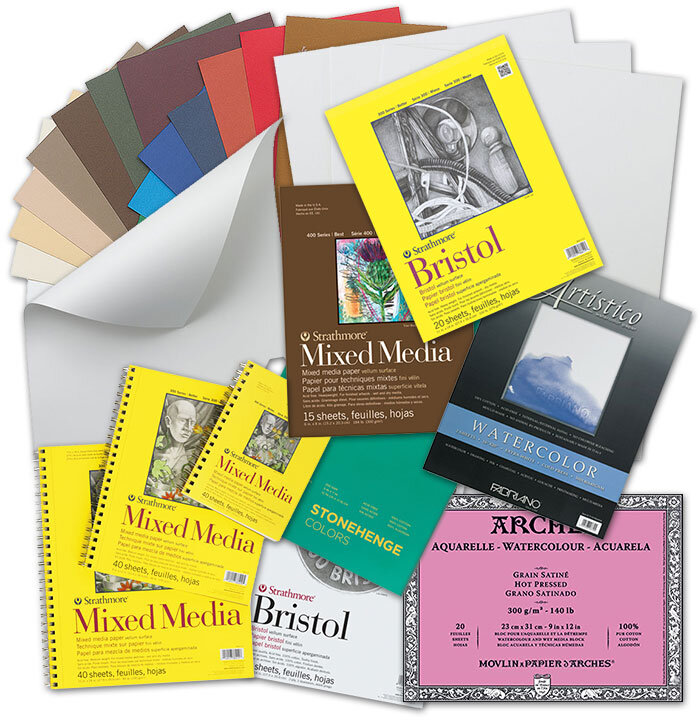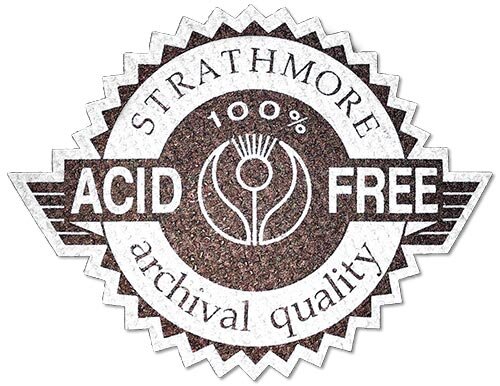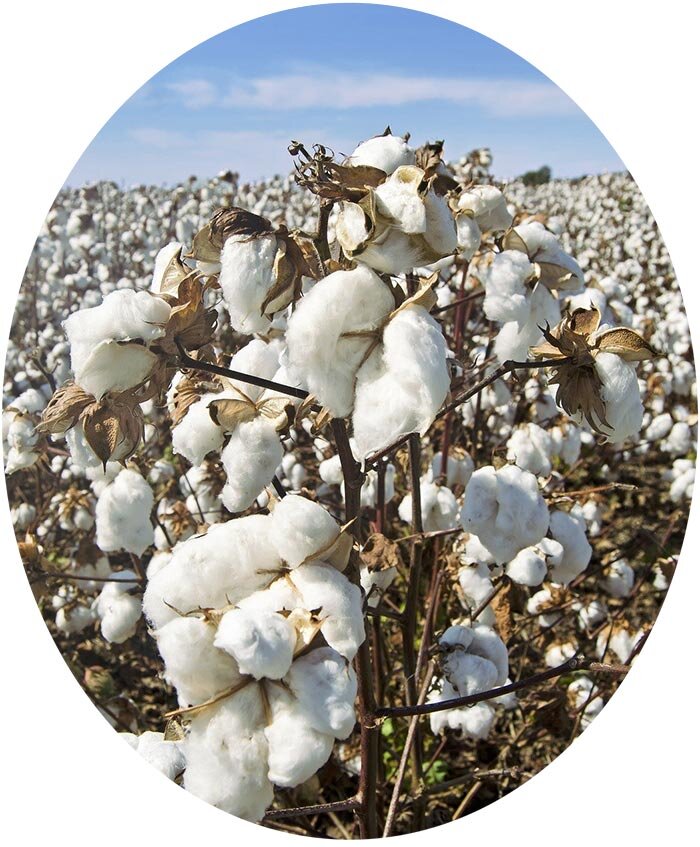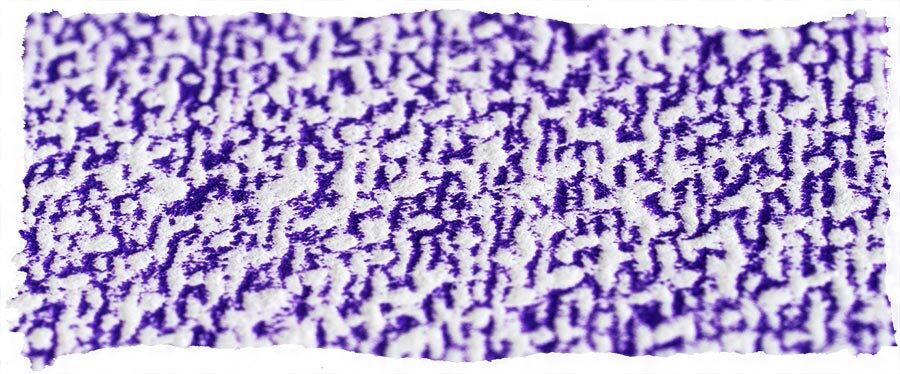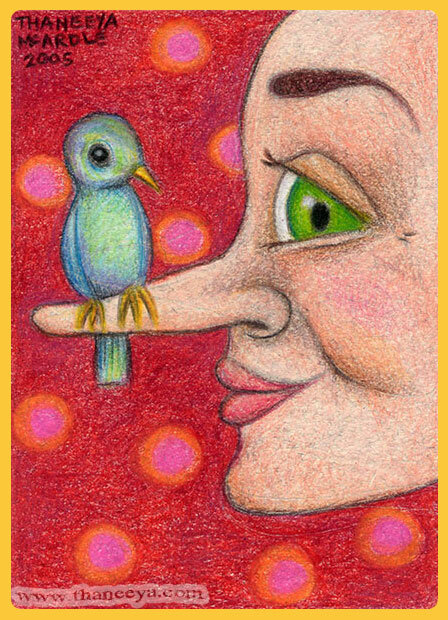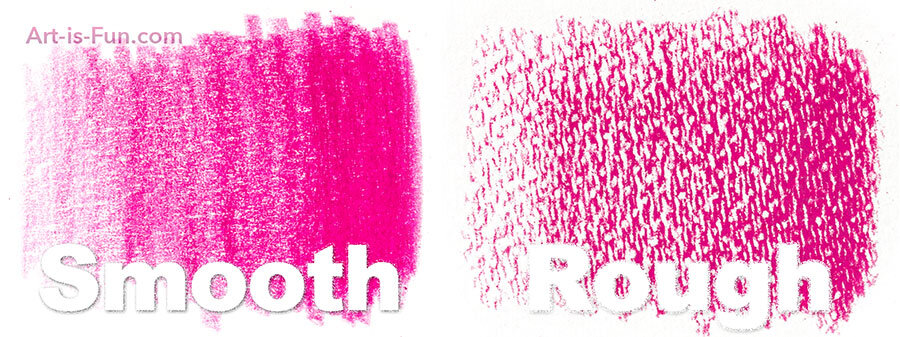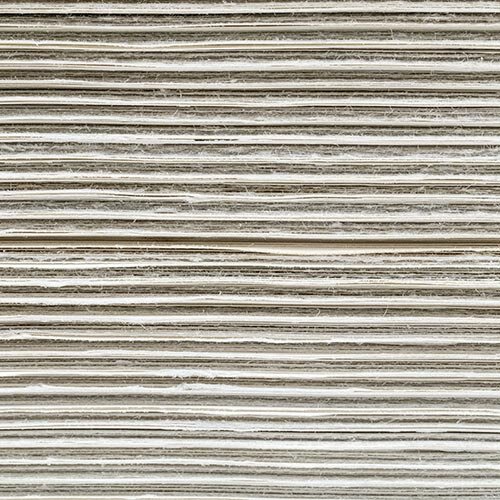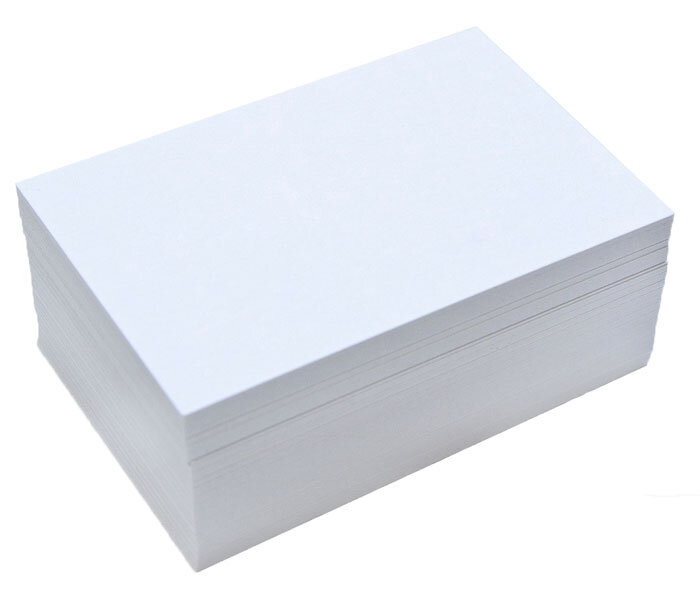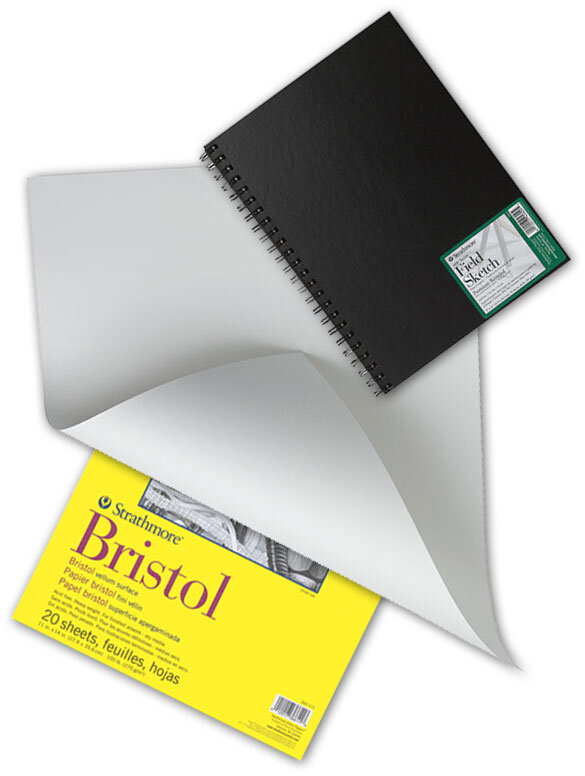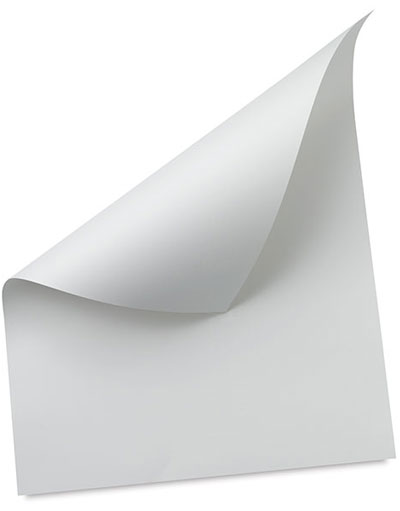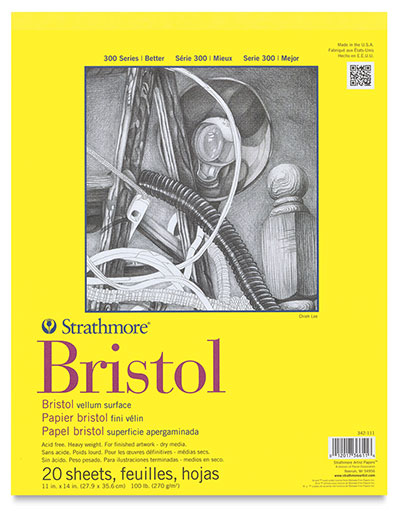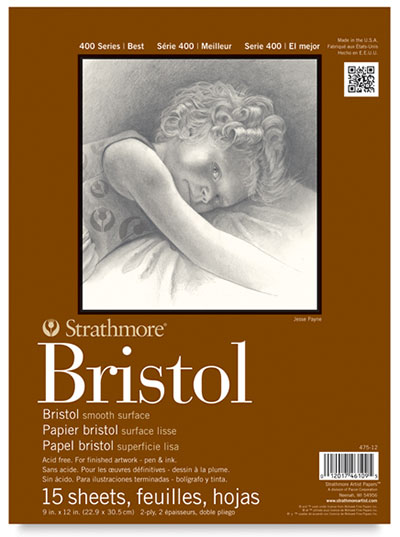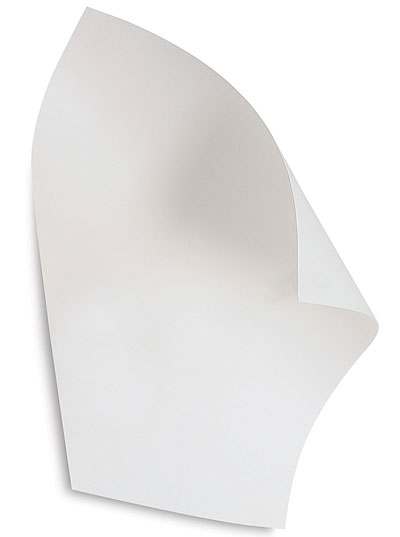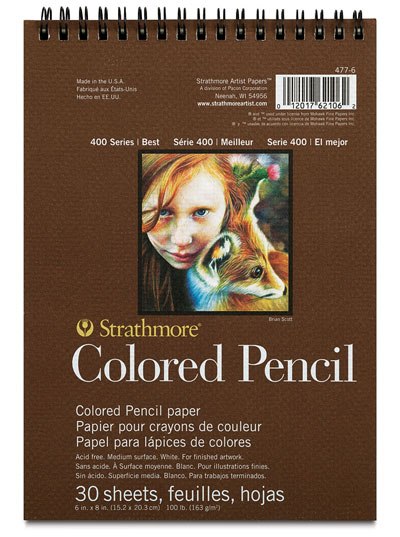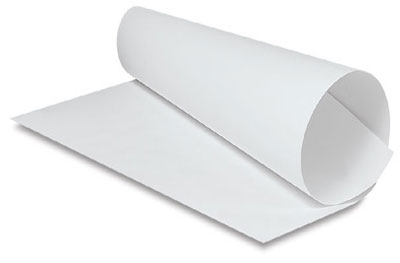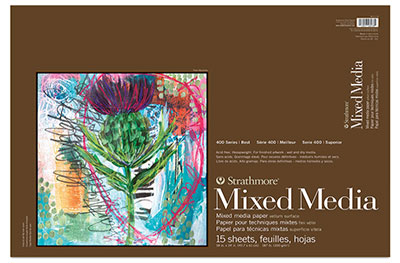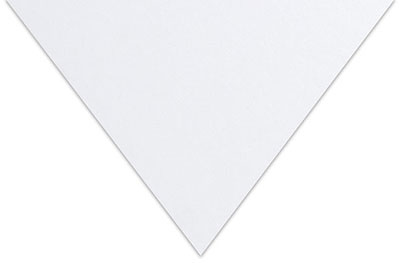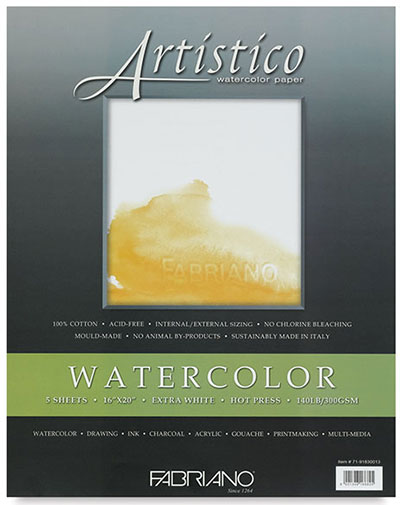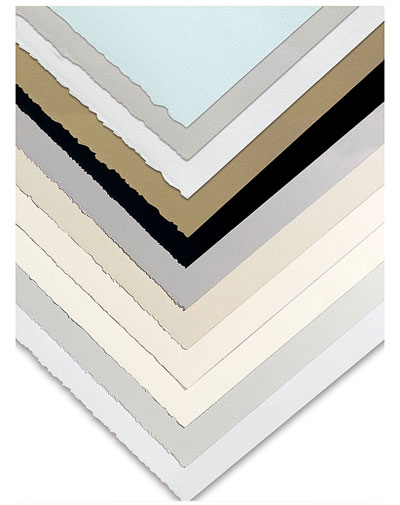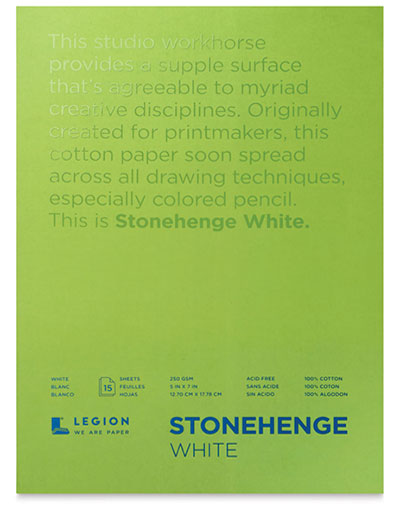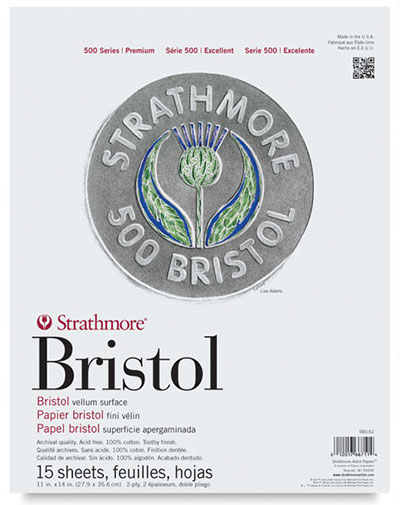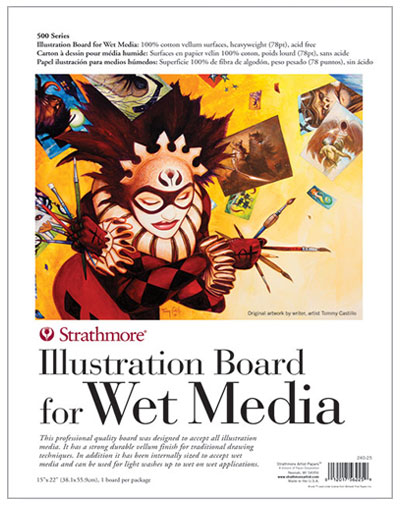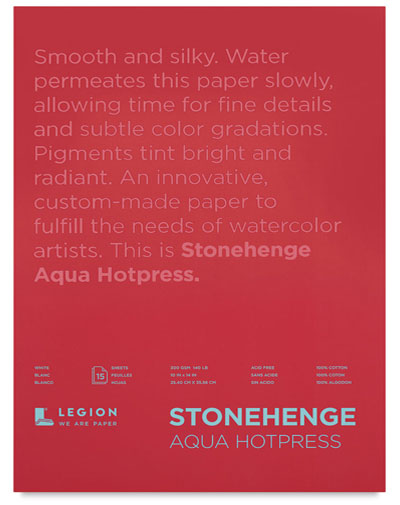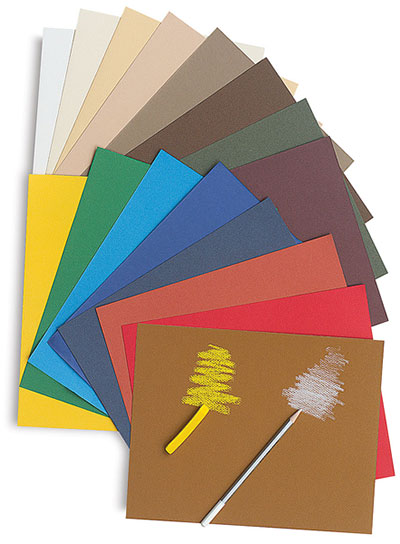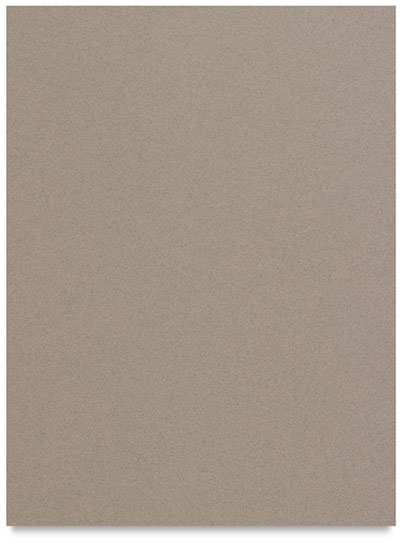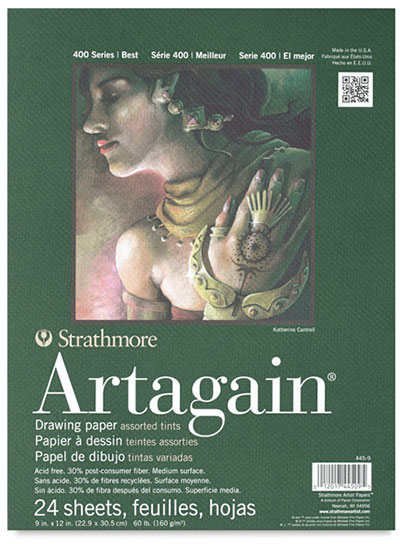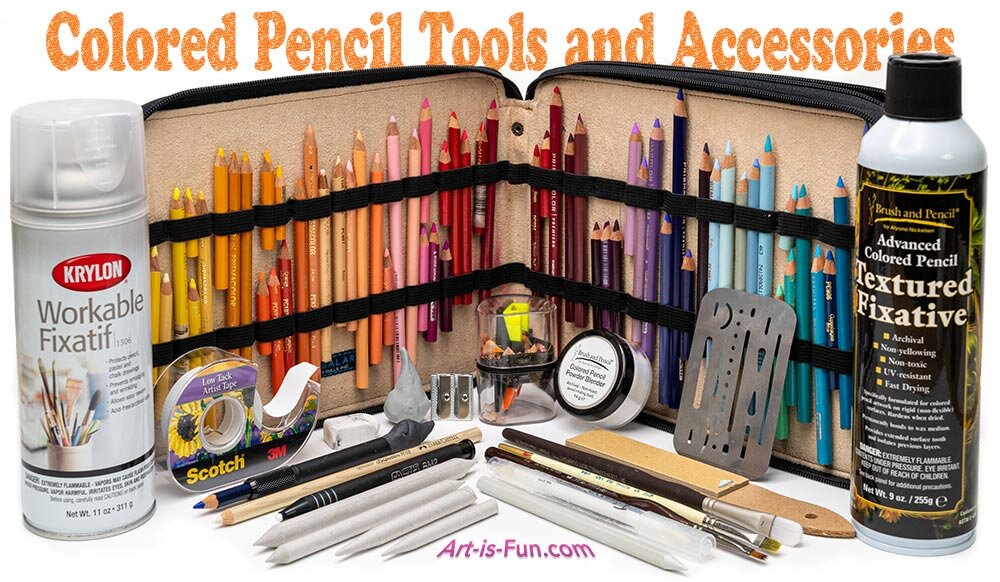Best Paper for Colored Pencils
Finding the best paper for colored pencils can be tricky because there are so many paper products on the market! But have no fear, because I’m here to help you out! To help you pick the right paper for your art style and budget, we’re going to focus on the four most important factors: quality, texture, weight, and form. Then we’ll conclude with my product recommendations. Let’s get started!
Introduction
Did you know that colored pencils can be used on a wide range of surfaces beyond paper—such as wood, plastic, metal, clay and more?! For this article we’re going to simplify things by focusing only on paper, which is by far the most popular choice amongst colored pencil artists. Paper is cheaper than other mediums (like canvas), easy to get in a variety of styles, and provides a delightful surface for colored pencils.
As is the case with other art supplies, the best colored pencil paper for you comes down to personal preference, which is why I don’t simply say “Buy this one!” Your choice hinges on your budget, art style, and skill level. This article is designed to help you figure out what will work best for your particular needs.
When you’re at the art supply store looking for colored pencil paper, you’ll probably find yourself facing an huge range of similar products, often described with unusual terms like Bristol, vellum, and cold press. It can be downright overwhelming! In this article I’ll demystify the jargon and give you the tools to narrow your search down to a handful of paper products that meet your criteria. After that, the most crucial step is for you to practice and experiment with your own colored pencils.
Drawing paper can vary wildly in quality, which not only affects how long your art will last, but also how well your colored pencils perform. If you buy cheap paper, it might be frustrating to use because it’ll be easily damaged by rough techniques (like burnishing and erasing) and will warp or buckle if you use wet media. And if you manage to finish your artwork, there’s a good chance that it will become yellow and brittle within a few years.
It's fine to save money by using a cheap sketchbook for practicing, but otherwise you should always try your best to help your artwork last as long as possible by using quality materials designed for longevity. Colored pencils are a slow medium, after all, and it would be a shame to spend many hours on a single artwork only to have it deteriorate quickly just because you saved a few bucks on paper! Plus, if you plan to sell your artwork you’ll definitely want it to last as long as possible to keep your collectors happy.
So how do you spot quality? Labels such as archival or (the less stringent) permanent are helpful, but they’re not a guarantee and may be used differently depending on the manufacturer. Here are some more specific labels to look for.
Cotton is used to make archival paper
At a minimum, the paper you buy should be acid-free. This is important because any acid in the paper will attack the fibers and cause them to deteriorate and become yellow over time. For example, most of the drawings I created in high school were done on cheap drawing paper, and now over 2 decades later, the paper is fragile and yellow, which has altered the colors in the artwork. If only I’d listened to my high school art teacher!
Most papers are made from wood pulp and cellulose fibers that naturally become more acidic with age (thanks to the lignin they contain). It’s quite common for manufacturers to neutralize acids during production, but the best brands take extra steps to stop the acid from returning: they add alkaline buffers and reserves, and some even remove the lignin itself (look for the label “lignin-free”).
High quality acid-free paper will last a long time, but because of what they’re made from, there’s still the possibility that acid will re-occur. For truly archival paper, look for paper made from 100% cotton (sometimes called "rag paper" or 100% rag). Cotton fibers are naturally acid-free and will not deteriorate as much over time. If cared for, they can last for centuries! Paper made from cotton is also strong and pliable, allowing it to stand up to rough techniques.
The downside, as you've probably guessed, is that 100% cotton papers are expensive. If you're just a beginner or on a budget, don't despair. As you'll see below, manufacturers have found ways to make affordable, high-quality papers that aren't 100% cotton. As long as they're properly looked after – stored to avoid heat, humidity and direct light – they'll last long enough for all but the most ambitious artists!
The surface texture of your paper has huge sway over how your pencils feel, and how they perform. So it’s crucial that you discover the best texture for your art style!
Paper texture – sometimes called grain, tooth or finish – results from the different manufacturing methods used. Technically, terms like tooth and texture mean different things (e.g. the peaks and valleys of the paper vs. the surface pattern of the fibers), but for the purposes of this article, I'm going to use them interchangeably.
Close up of paper texture
There is a wide spectrum of paper textures – from very rough to glassy smooth – but manufacturers typically group them into 3 main categories: rough, medium, and smooth. Colored pencils are wonderfully versatile and can adhere to just about any kind of paper, but they'll perform very differently depending on the texture.
Let’s take a look at the pros and cons of each option, ending with my recommendation for the best surface for colored pencils.
Rough paper
Rough paper has a lot of tooth, which allows for multiple layers because it gives the pigment something to grip. But that friction makes blending more difficult and may chew through your pencils at an alarming rate (which can be worrying if you invested in an expensive set).
Artists who prefer rough paper appreciate the flecked, uneven look it achieves when the pigment has not filled the tiny valleys of the tooth (see the close-up example below). This allows some white of the paper to shine through, which when employed properly, can give your artwork a delightful luminescent quality that can be quite expressive.
Even with heavy burnishing or the help of solvents you may still be able to see the grain of the paper, which is a stylistic choice that some like, but others may not.
Medium-textured paper
Next you have medium-grain paper, that is sometimes referred to as cold press, vellum, regular or "Not" (meaning not hot press).
Colored pencil on medium paper
It has traditionally been the most popular choice for colored pencil artists, because it's a good compromise between rough and smooth. You have some tooth, but not too much. You're able to blend and layer freely, and you won't wear down your pencils too quickly.
But the grain or pattern of the paper will still show through, maintaining that rustic colored pencil look that many artists enjoy.
Smooth paper
Finally, you have smooth paper, which might also be called hot press, plate or fine grain.
It has minimal tooth, which makes it well-suited to fine details and seamless blending. Because there aren't deep valleys in the tooth to fill in when you use smooth paper, your colors will be more opaque and solid compared to using rough paper. See the example below comparing smooth and rough paper.
The reduced tooth limits the number of layers you can apply, but the binders in the pencils certainly give you some flexibility. When you're using smooth paper, it helps to begin laying down color very softly, gradually building it up. If you press too hard early on, you'll limit your layering options. You can give yourself more layering capabilities by using a workable fixative, thereby enjoying the best of both worlds.
Smooth vs. Rough paper texture
The best paper texture for colored pencils
As I mentioned earlier, cold-press (medium grain) paper has traditionally been the recommended surface for colored pencils, but in recent years there's been a shift towards smooth paper. A big reason for this is that audiences (especially on social media) tend to favor artwork that is detailed and realistic (aka photorealistic) as opposed to loose and stylized. Artists have responded by shifting to smooth papers that allow for seamless blending and tonal transitions, often resulting in artworks that don't even look like they've been created with colored pencils. For this style, the grain of the paper just gets in the way, both practically and visually.
I've found that smooth paper suits my detailed style, but I'd also recommend it as a good choice for beginners who probably aren't going to be layering too much and don't want to have to fight with the paper to lay down color. However I'd still encourage you to try out some different papers to see what suits you best.
Be aware that these terms to describe texture (e.g. hot-press, vellum etc.) may vary depending on the manufacturer. What one product describes as cold-press, may be more like hot-press for another.
Before we discuss why you should care about paper weight, it’s important to compare the two main ways manufacturers measure paper, because one method is better than the other.
You’ve probably seen paper labelled with something like 140 lb or 300 gsm (or both). This is not a case of brands choosing to use different units of mass (imperial vs. metric). Those measurements actually represent two very different ways of weighing paper.
The first method, originating in North America, takes a ream of paper (500 sheets) and determines its weight in pounds (lbs). The problem with this method is that different paper types are not produced in the same dimensions. So, a ream of watercolor paper (22” x 30”) will be heavier than printer paper (17” x 22”) because each sheet is larger. What this means in practice is that with this method, you cannot easily compare the weight of different paper types.
The other method originates from Europe and is more widely used, including by some manufacturers in North America. This method uses grams to weigh a single sheet of paper that is exactly one square meter in size (which is about 10.7 sq. ft). This results in a measurement of grams per square meter, which you’ll see written as either gsm or g/m2. Because the paper size is consistent, you can use this method to compare different types of paper (e.g. watercolor vs drawing paper).
In summary: when comparing the weight of paper, it’s better to use gsm because it’s consistent across different types of paper (e.g. watercolor vs. drawing paper).
Now that you know how to evaluate paper weight, let’s discuss why it matters. Colored pencils can be used on any paper, but if you’re going to be blending with solvents or combining your pencils with wet media (which is common with watercolor pencils), you'll need heavyweight paper that won't warp or buckle.
Heavyweight paper (especially if it's made from 100% cotton) will also hold up better to rough techniques like burnishing or erasing.
If this describes your art style, you'll want to get paper that is at least 300 gsm (approx 140 lb) or even heavier if you can afford it. Look for watercolor paper or mixed-media paper, both of which are manufactured to be heavier, and treated with “sizing” to slow down absorption.
Heavyweight paper is more expensive, so if you don't think you’ll really need the benefits it provides, you can save some money by using a less heavy paper. If you’re looking for paper to use with printable coloring pages, you’ll want to make sure that the paper isn’t too thick for your printer. Most printer user manuals will indicate the max weight the printer can handle (either in gsm or lb). I usually use cardstock that is 199 gsm (110 lb) and don’t have any problems running it through my printer.
Bristol paper (also called Bristol board) is a good choice for artists who don't use wet media, but still want an affordable heavyweight paper that can take a beating. Bristol paper consists of several sheets of paper – either 2-ply, 3-ply or 4-ply – that have been glued together under pressure. Despite the name, it is not fully rigid like an illustration board, but can still be quite stiff depending on the ply count. It’s typically available in smooth and vellum (medium) textures, sometimes on both sides.
Paper is available in many convenient forms: single sheets, pads, sketchbooks, boards, and watercolor blocks.
For most purposes I recommend you buy single sheets. This will allow you to easily experiment with different brands without spending a fortune, and they can be cut to size for each project.
Tape-bound pads are convenient (each sheet peels off smoothly) and can be found to contain high-quality paper, such as in my first recommendation below. I enjoy using wire-bound sketchbooks for practice or when I’m traveling, but be aware that they usually contain cheaper paper.
If you’re into wet media or prefer a stiff drawing surface, illustration boards are a good option. Watercolor blocks, which consist of a stack of sheets glued together on all sides, are also great for wet media. Because the paper is essentially stretched tight by the glue, you won't need to worry about it warping. And when you're done, you just slice off the top sheet to reveal the untouched one below.
Lastly, if you've found a paper that you absolutely love, you can sometimes save some money by purchasing it in rolls.
One popular paper product that I haven’t yet discussed is colored paper (sometimes called toned or tinted paper). It’s a fantastic way to add a certain mood to your artwork. You can also enhance the luminosity and pop of your colored pencils by drawing on a low intensity or dark value paper.
Before I offer my specific recommendations, I want to reiterate that you ideally need to try out a range of papers to (1) figure out the right texture and weight for your style, and (2) to find out which specific product or brand fits your criteria for quality and price.
Don't get too worried about the different paper types (e.g. watercolor vs. drawing vs. printmaking) because they will all work well with colored pencils to some degree. Just make sure the paper you try is at least acid-free, keep in mind texture and weight, and then practice practice practice!
I've provided links below to the relevant products so that you can easily find them on Blick Art Materials, my favorite online art supplier. I'm a member of Blick's affiliate program, which means if you make a purchase after clicking on one of these links, I'll receive a small commission (at no extra cost to you). Your purchase helps support this site and keeps it free of ads. Click here for more info.
Best Paper for Beginners
If you're reading this article, you're probably a beginner or just drawing for fun. Unless your budget is flexible, it doesn't make sense for you to start off with an expensive, 100% cotton archival paper, especially when you're still learning and figuring out what you like. With that in mind, let's take a look at some high quality (but cheaper) papers for you to get started with.
Note: Because quite a few of my picks below are Strathmore papers, I want to clarify that Strathmore is not sponsoring this article. I simply recommend them because I’ve used their papers for years, and they’ve done the best job at producing high quality paper for every price point.
My first pick is the increasingly popular Strathmore 300 Bristol paper, which is available in smooth and vellum (medium) textures. You can get it in single sheets or in pads of 20. This paper is heavyweight (2-ply) and acid-free, but isn't archival or suited to wet techniques. This paper's great combination of price and performance have made it popular with beginners and artists alike.
Some people might find that the smooth bristol is too smooth (as opposed to the vellum bristol), but remember that if you pick the smooth bristol and begin to have trouble with layering, you can use a workable fixative or add extra details with other media like markers or gel pens. I personally prefer the Strathmore Smooth Bristol Paper over the Vellum Bristol. Since I layer very lightly, I find that I can easily layer around 8-10 layers of colored pencil before the layers starts to naturally burnish.
If you're willing to pay a little bit more, you can jump up a level and get the Strathmore 400 Bristol Board, which can also be bought in single sheets (it's not a rigid board) and pads. The 400 series offers better quality paper (though still not archival) in 2-ply, 3-ply, and 4-ply varieties. You could also try the Strathmore 400 Colored Pencil paper, which has a vellum surface designed for colored pencils. It's acid-free, but only 163 gsm, so also not recommended if you use wet media or solvents.
For those of you who'd really love some truly archival paper, but can't afford it, I've got you covered! For just $3 per 32" x 40" sheet, you can buy Strathmore Museum Barrier paper, which is 100% cotton and acid-free. It's designed to protect artworks, but works fantastically with colored pencils! The smooth surface is great for details, but it's lightweight, so avoid wet media or solvents.
If you know you'll be using wet media and need something heavier at an affordable price, check out Strathmore 400 Series Mixed Media Pads (300 gsm). If you're interested in drawing on a board, the Canson Pure White Drawing Art Board is great value and suitable for wet media and colored pencils. The paper used is both acid-free and lignin-free, which is as archival as you can get without using 100% cotton paper.
If you make a purchase via the links below I receive a small commission, which helps support this site.
Best Paper for Artists
If you're an artist concerned about longevity or a beginner with deep pockets, these papers are all 100% cotton and provide a delightful surface for colored pencils.
Firstly, check out the Fabriano Artistico Extra White Watercolor Paper, which is best in hot-press (smooth) or cold-press if you need more tooth. You can buy it in single sheets (or rolls if you really like it). The archival 100% cotton paper is available in 300, 430 & 640 gsm weights. It's expensive, so this is for creating finished artworks, not practice.
In general, hot-press watercolor paper works fantastically well with colored pencils – and is usually heavy enough for solvents and most wet media – so feel free to try some other brands.
Next is Legion Stonehenge Paper, which is available in single sheets and pads. Stonehenge paper is hugely popular with colored pencil artists, who love the vellum texture and need 100% cotton, archival paper. The only caveat is that it's not as heavy as my other artist picks (250 & 320 gsm). If you're into wet media, test it before you start an important project.
If you like a smooth surface and/or use wet media, check out the Strathmore 500 Bristol Board, which is the archival, 100% cotton version of my first beginner recommendation. This is available in 2-ply, 3-ply, and 4-ply sheets, and you can choose between plate (smooth) and vellum (medium). While the Strathmore 300 & 400 Bristol is not suitable for wet media, the 500 series Bristol is heavy enough to take it.
If you prefer a rigid surface, you should try an illustration board like the Strathmore 500 Series Illustration Board for Wet Media. It features a 100% cotton, vellum surface that has been internally sized, making it well suited to both dry and wet media. If you're more interested in using paper with your wet media, check out the Fabriano mentioned above, or these Legion Stonehenge Watercolor Blocks.
Toned Paper
If you'd like to experiment with colored paper, the highest quality choice is the Legion Stonehenge discussed above. The Canson Mi-Teintes Drawing Papers are hugely popular thanks to their massive range (42 shades!), competitive price, and double-sided texture (fine grain and medium grain). They contain 66% cotton and are treated to be acid-free and light resistant, making them durable enough for most artists.
If you're on a budget, I've enjoyed using the Strathmore Artagain Paper, which is available in single sheets or pads in a range of different tints. I love the texture for colored pencils, but they're lightweight and not suitable for wet media.

